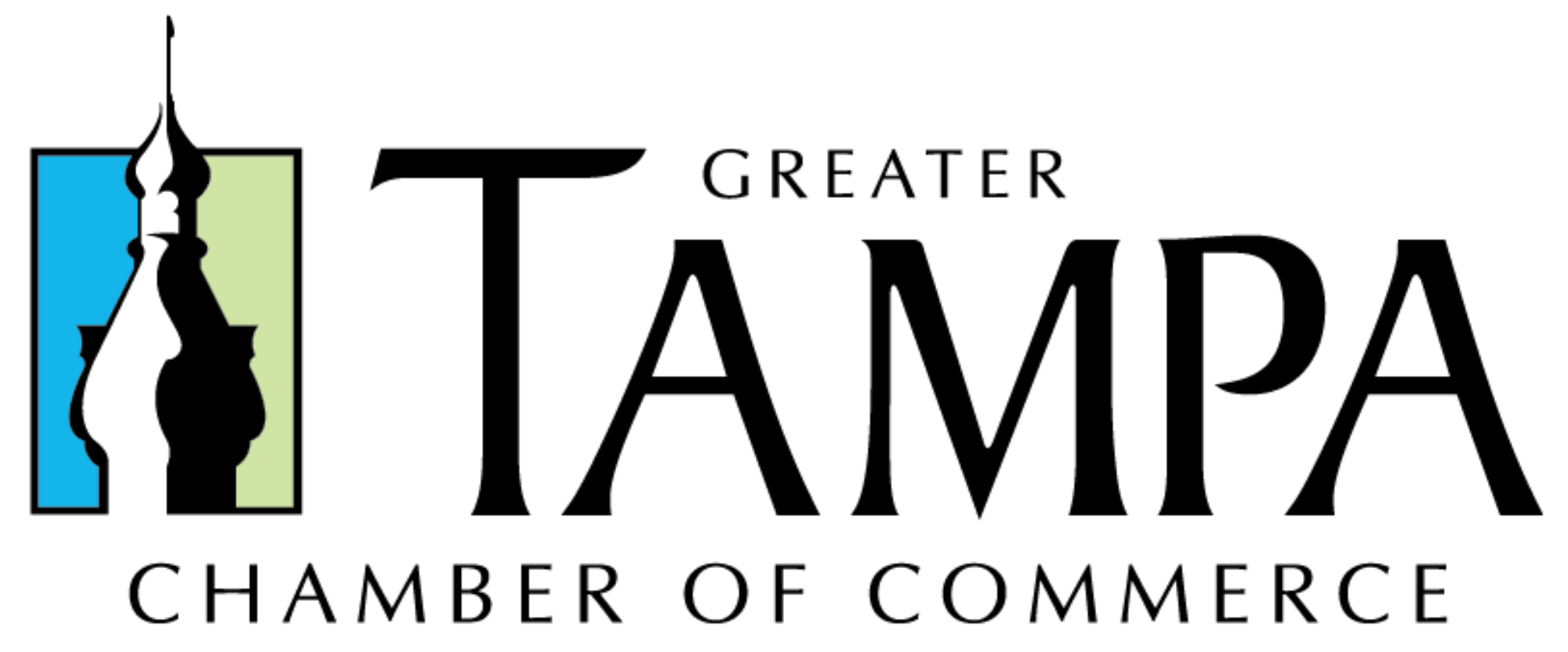Travel Incentives: Generating a Plan to Boost Organizational Achievement
Objectives are the first and foremost item of assessment as an organization begins to develop a travel incentive package. Selected goals must be specific, achievable, measurable, appropriately timed, and support the culture of an organization. Difficult to achieve objectives or those of ambitious nature are exciting, but can often lead to disappointment for everyone involved. While the criteria should be challenging, every determined goal must be reachable by applying a valid amount of effort. Objectives that cannot be measured or are not timed right make it highly difficult for anyone to earn the reward. This creates a level of discouragement capable of harming any future trip oriented efforts. For example, putting a program in place for boosting profits at the slowest time of the year is a good idea; however, goals should be set in accordance with average profits in order to avoid requiring participants to try to reach unreasonable sales totals. Timing has to be in sync with the desired goal to receive the most optimal results.
The Basics of Reward Program Design
A trip oriented reward program is frequently open-ended or close-ended; however, a company can set up a package falling between the two. Open programs consist of a planned set of objectives where a precise result has been laid out. They target the largest percentage of average performers, but also make it difficult to budget due to an unknown number or earners. Close-ended programs set an exact number of individuals who can qualify for the award and are easier to budget. The biggest drawback of this choice is the possibility of alienating certain people within a company. A good example is someone making the sales quota, but not being given the opportunity to receive the award. These programs also allow the same individuals to consistently win the offered trip. Resentment among coworkers is common when the same person is awarded the prize. A policy limiting the number of repeat wins is a good idea when a close-ended program will be used. Multi-level approaches with a mix of both basic types allow everyone to have a chance at the opportunity and still supply the recognition repeat earners need to continue performing above par.
Trip awards pay for themselves when a company carefully plans out and budgets the event. Administration costs typically fluctuate between five and fifteen percent depending on the travel incentives intricacy along with the amount of required analysis. Communication, promotion, and given awards additionally contribute to the total package cost. The time period designated for participants to earn the reward must align with the objectives. Diminishing sales might require a short term plan while quarterly improvements during a healthy profit era are ideal for a long term reward program. It is important to remember that federal government regulations view the reward as a form of income. Market value, program type, and merchandise costs could be required to be reported as part of each earners income. These factors must be taken into consideration and remain a priority as a company starts planning their travel package.



